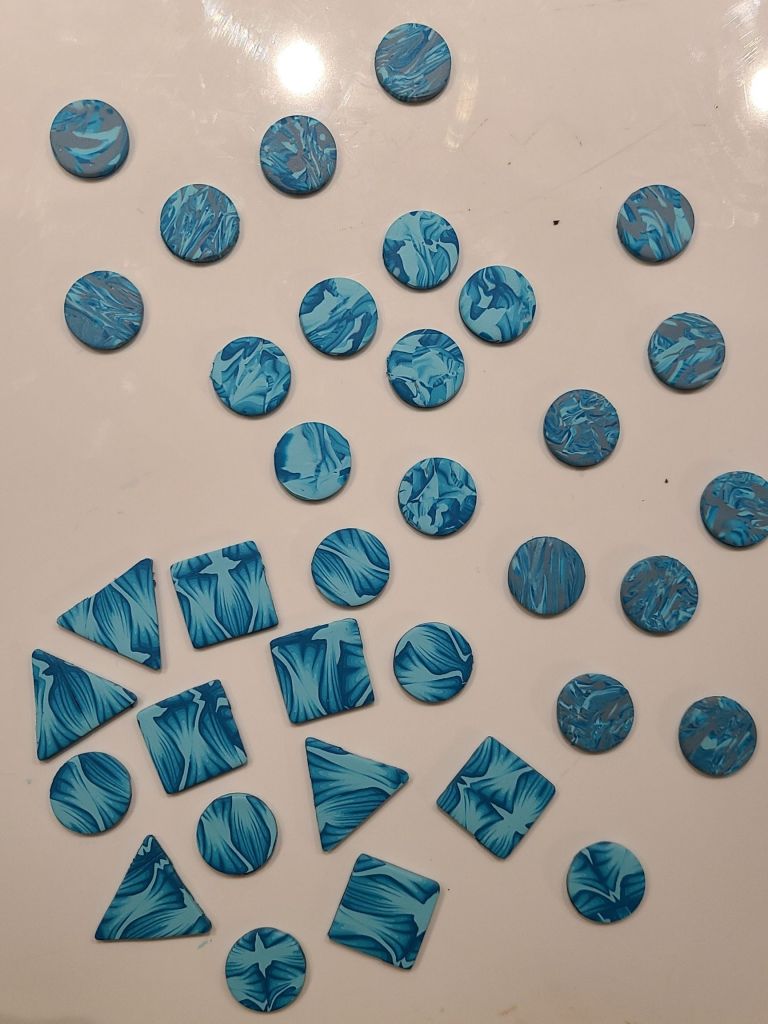Here is my video project for the summary of learning in EDTC 300. I’ve provided a written version below as well.
Hello! My name is Haley Begrand and today I will be talking about my experience in EDTC 300 at the University of Regina and my main takeaways from the course.
Digital Community
I think that the 2020/2021 school year was the perfect time to take EDTC 300. With the current state of the pandemic and being in full-time online schooling, I was able to experience building a digital community firsthand. I haven’t met any of my classmates or mentors in person yet, but with the help of various online platforms, I have still been able to connect with them and build friendships! Virtual learning for extended periods of time can really take a toll on a person’s mental health, so it is extremely important that we work to develop these strong online communities. Whether it was through our blogs, Twitter, or Slack, my experiences in EDTC 300 taught me so much about digital communities. I have learned about so many tech resources that I can use to build a digital community in my classroom, such as WordPress class blogs, Google Classroom, Kahoot, See Saw, EdPuzzle, Quizizz, and so much more.
Twitter & #SaskEdChat
Twitter in general has been a great way to connect with others and share resources. I have developed a resourceful Twitter feed by following users whose interests are relevant to mine, consisting of other University of Regina education students; new and veteran Saskatchewan teachers; and authors, scholars, and professors within the education community. More specifically, Sask Ed Chat in particular has been extremely resourceful for me as a preservice teacher. I have met some wonderful local educators each Thursday night who have been kind enough to share countless resources and amazing advice. Participating in Sask Ed Chat is something I aim to continue beyond this course, at least when I don’t forget about it!
Blogs
I’ve always been passionate about teaching, but I don’t have many people in my personal life that are willing to hear me ramble about it! Thankfully, because of EDTC 300, I was able to express my thoughts and ideas about teaching through blogging. Even after this course comes to a close, I would like to maintain my presence on my blog. I’ve already got plenty of posts in my drafts just waiting to be published! Aside from blogging, my website serves as a professional digital portfolio where I can demonstrate my achievements and professional work experiences. I have created an “about me” page, as well as some tabs for lesson plans, resources, and university course work. Working on my blog has given me a means to examine my progress and growth over the semester, and I can’t wait to see how this evolves throughout my teaching career.
Digital Fluency
One of my favourite points from Mike Ribble’s Nine Elements of Digital Citizenship is digital fluency. In one of my weekly blog posts, I chose to connect digital fluency to mathematics by examining misleading graphs and discussing the concept of fake news. Ever since I wrote that post, I have discovered that I am really passionate about this topic. I have come up with quite a few lesson plans and ideas revolving around teaching digital literacy through mathematics, and I really look forward to putting them into practice in my own classroom someday. With the world of technology evolving every day and fake news being spread more easily than ever before, I think it is crucial that we teach our students how to be digitally fluent and literate.
Digital Identity
After much discussion around digital identity throughout this course, I have taken some time to evaluate my own identity online and refine it the way I want. As teachers, we are role models for our students inside and outside of the school. Not only is it important that I display professionalism, respect, and responsibility online, but it is also important for me to stand up for what I believe in and be an activist and an ally for others. I am very passionate about issues surrounding feminism & toxic masculinity, LGBTQ+ rights, environmental consciousness & sustainability, and anti-racism & reconciliation. These are issues that I have begun to post about on Twitter and plan on discussing in relation to education on my blog in the near future. One of my favourite unofficial quotes is that “social change begins with education”, and it is one of the reasons I decided to become a teacher.
Ed Tech!
Lastly, Ed Tech is something I have grown to appreciate more and more as the semester went on. The SAMR model really opened up my eyes in terms of reflecting on the intention for integrating technology into the classroom. If I had to choose one thing as my major takeaway from the course, this would be it. Whenever I see an Ed Tech resource and think about how I would use it in the classroom, I think of where it would fit on the SAMR model. It is a great tool to make sure you are using technology for the right reasons. Because of this class, I also learned that it is no longer a choice, but a responsibility, for us to teach our students how to be safe, smart, and kind online. Thanks to EDTC 300 and everyone involved, I have learned so much about digital citizenship, and I will take it all with me through the remainder of my teaching career.




















































